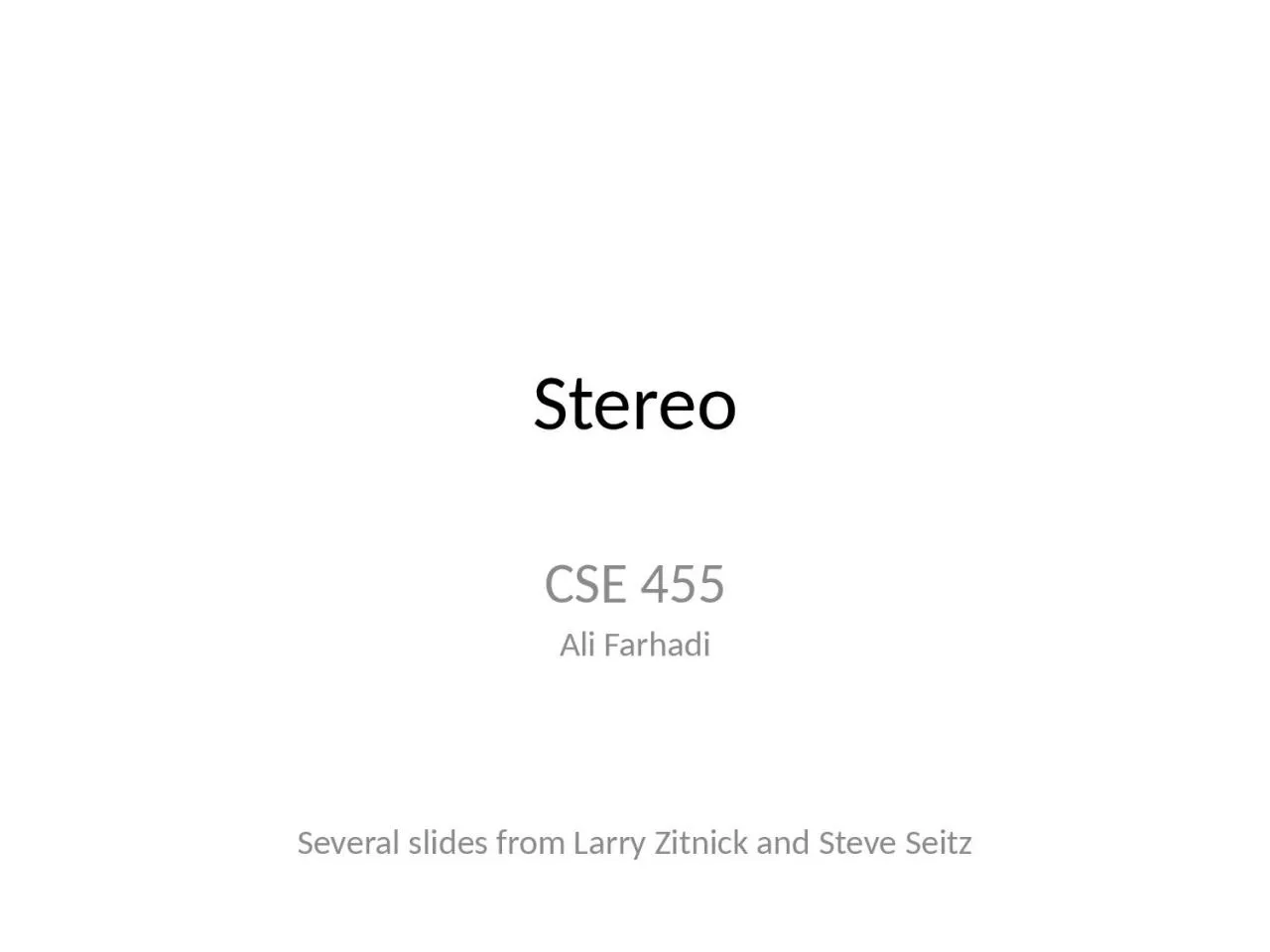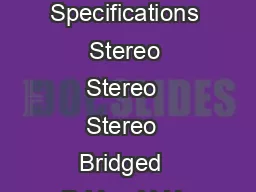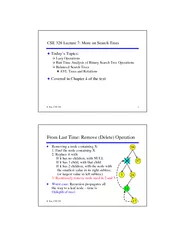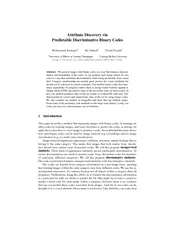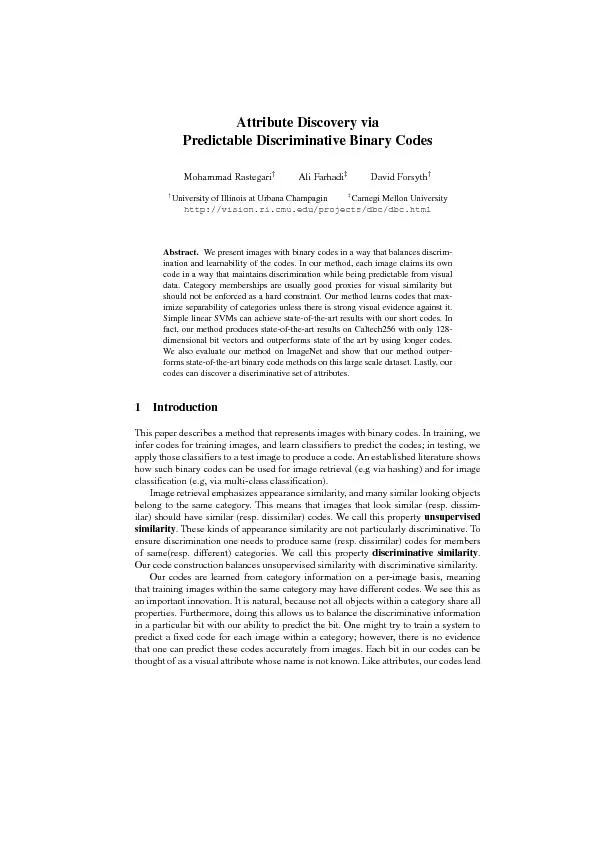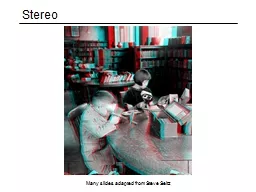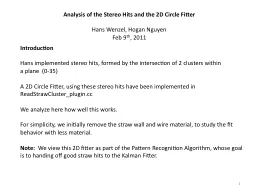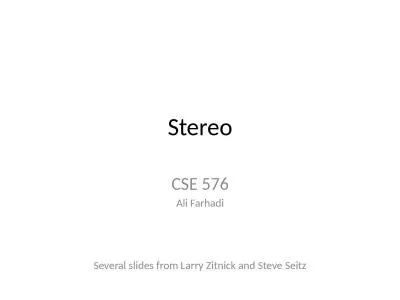PPT-Stereo CSE 455 Ali Farhadi
Author : beatrice | Published Date : 2022-06-08
Several slides from Larry Zitnick and Steve Seitz Why do we perceive depth What do humans use as depth cues Convergence When watching an object close to us our
Presentation Embed Code
Download Presentation
Download Presentation The PPT/PDF document "Stereo CSE 455 Ali Farhadi" is the property of its rightful owner. Permission is granted to download and print the materials on this website for personal, non-commercial use only, and to display it on your personal computer provided you do not modify the materials and that you retain all copyright notices contained in the materials. By downloading content from our website, you accept the terms of this agreement.
Stereo CSE 455 Ali Farhadi: Transcript
Download Rules Of Document
"Stereo CSE 455 Ali Farhadi"The content belongs to its owner. You may download and print it for personal use, without modification, and keep all copyright notices. By downloading, you agree to these terms.
Related Documents

